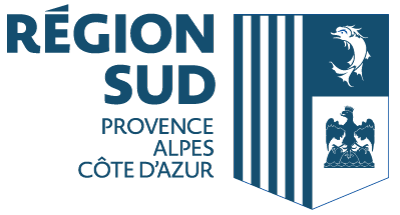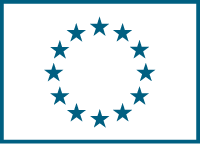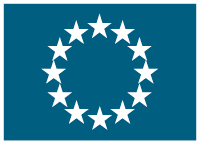Restoration and conservation management of Drana lagoon in Evros Delta
(Drana lagoon)
Date du début: 1 juin 2001,
Date de fin: 30 juin 2005
PROJET
TERMINÉ
Background
Drana Lagoon is the biggest of three lagoons of the coastal delta of Evros in northeast Greece, on the border with Turkey. The delta is one of the most important wetlands in Europe due to its strategic location along a major bird migration route. The region is host to 81 species listed in Annex I of the Birds Directive, many of which are threatened on a global scale, such as red-breasted goose( Branta ruficollis), lesser white-fronted goose (Anser erythropus), slender-billed curlew (Numenius tenuirostris) and the pygmy cormorant (Phalacrocorax pygmaeus). Despite the importance of the region and its protection status, farmers arbitrarily drained the lagoon in 1987 because they thought that its salinity was having a negative impact on neighbouring farmland. Other factors, such as poor management of water resources, clearing of riverside woodland and human disturbance (principally from visitors and hunters), have further added to the degradation of the natural and ecological characteristics of the site.
Objectives
The purpose of the project was to restore and manage Drana Lagoon and the habitats of the species red-breasted goose, lesser white-fronted goose, slender-billed curlew and the pygmy cormorant. In order to restore the lagoon, the project planned to:
⢠Rebuild of the dykes around the lagoon;
⢠Open up the natural connection between the lagoon and the sea;
⢠Construct ditches to improve freshwater circulation;
⢠Prepare a management and monitoring plan for the lagoon.
For bird habitat restoration and protection, water resources would be managed through the creation of a network of ditches and canals, the installation of water pumps, and the creation of a dam on the River Louros, including the planting of verges. All these activities would be backed up by continuous monitoring of the avifauna and of the various lagoon parameters in collaboration with the local forestry inspectors, as well as by various public-awareness measures aimed at visitors, local authorities, fishermen, hunters and farmers, among others.
Results
An important result of the project was the total restoration of the Drana lagoon, which was reconnected to the sea. It now covers an area of 500 hectares and has an average depth of 0.4m. Restoration work included the construction of a water gate, an embankment around the lagoon, ditches, sluices and fresh water canals.
A 30 hectare area of humid grasslands was also created allowing a better balance in the levels of salinity in the surrounding areas and providing an important biotope for avifauna.
Water monitoring stations were installed, and water quality assessment will continue after the end of the project.
Another key result was the extension of the riparian woodland vegetation of the Loutros stream by 22 hectares, which provides habitat for the nesting and feeding of raptors and more specifically the two priority species: the imperial eagle (Aquila heliaca) and the greater spotted eagle (Aquila clanga).
The employment of wardens significantly reduced illegal hunting in the project area and increased the guarding efficiency by up to 60%. It also reduced the negative impact of visitors. Wardens were able to raise awareness among visitors and locals.
The project also created a database and monitoring protocols for the population trends of the avifauna. The everyday operation of the visitor centre was another successful aspect of the project. Finally, the beneficiary strongly pursued synergies with other programmes and co-operated closely with local authorities.




